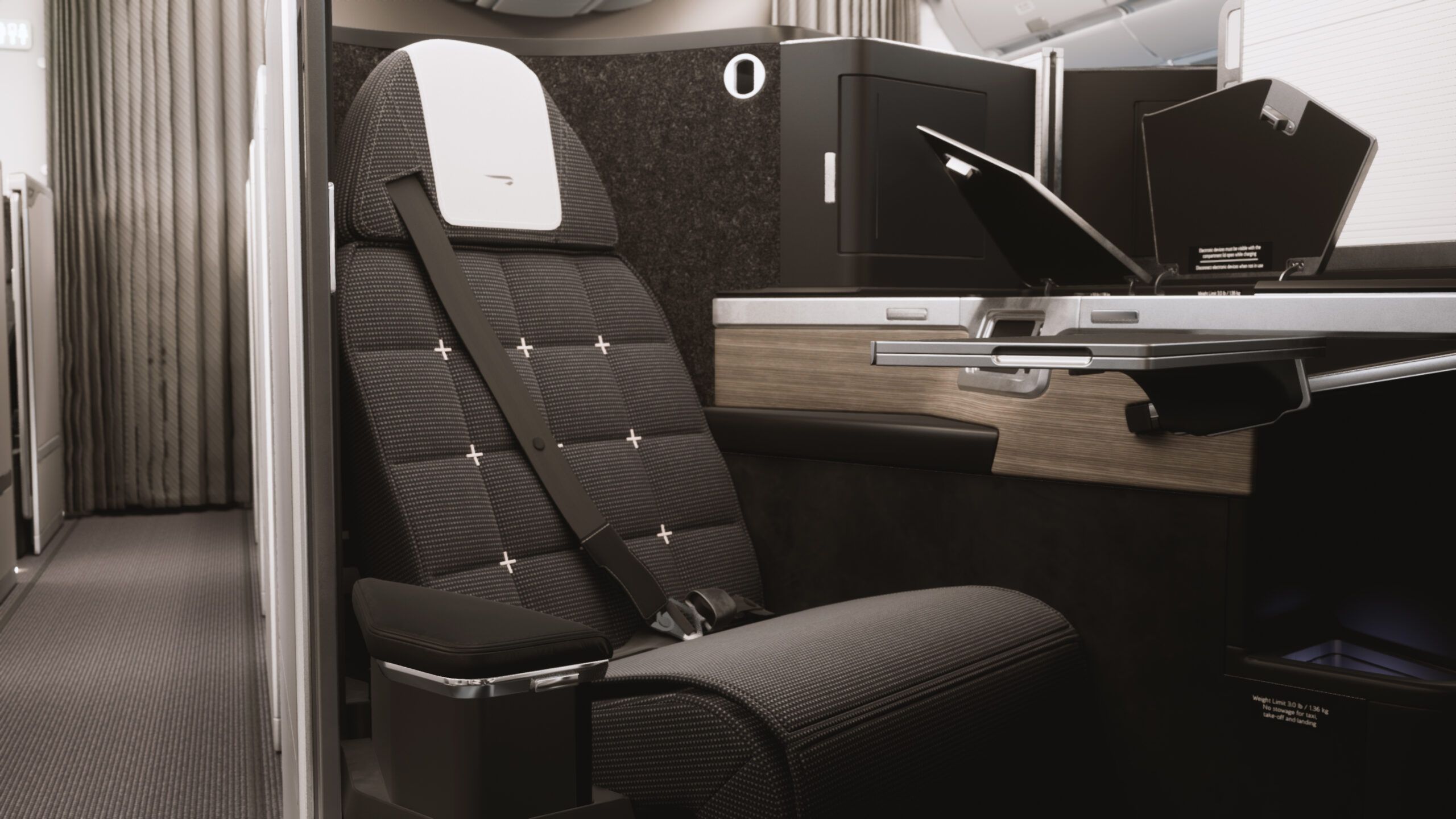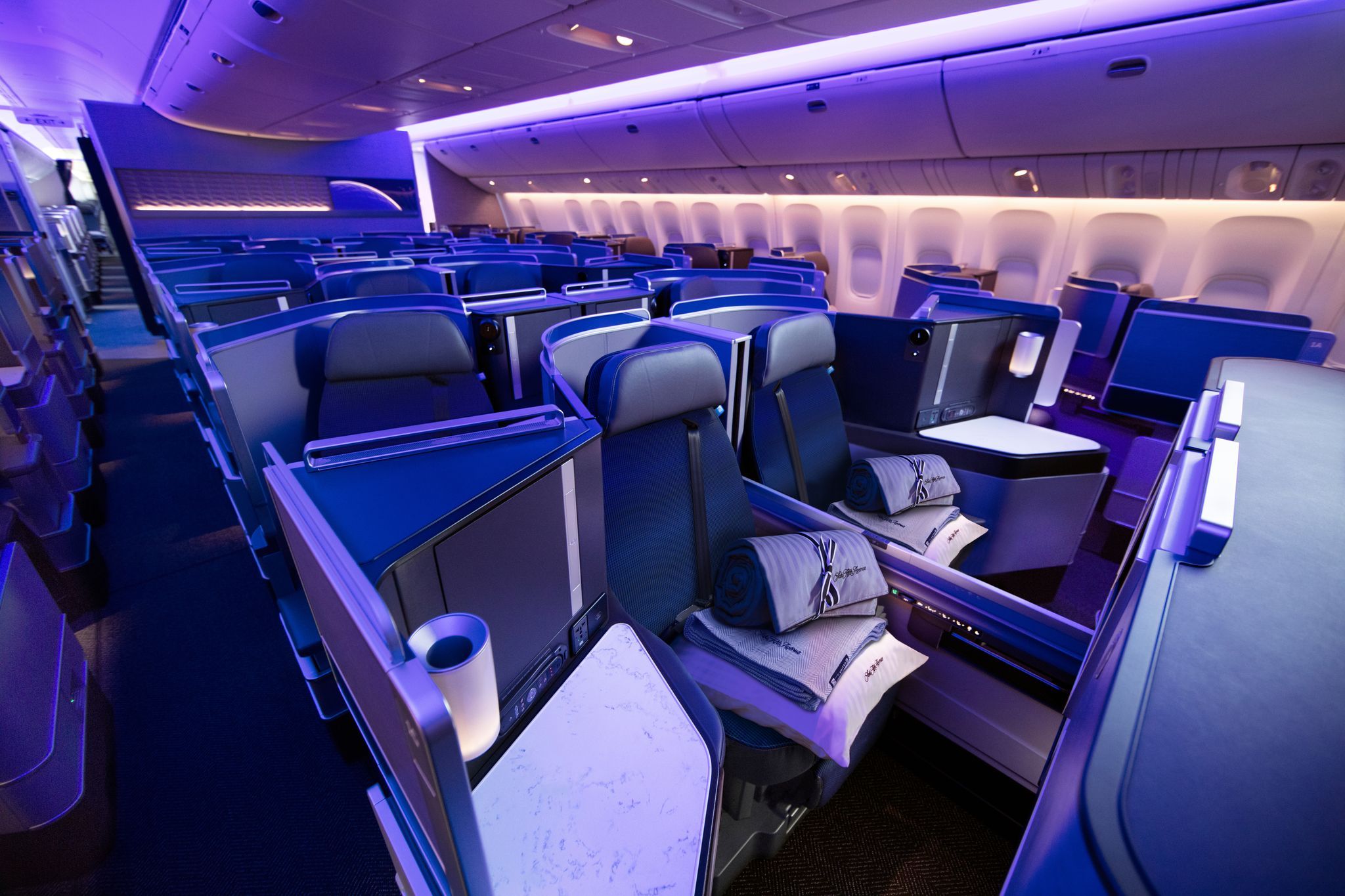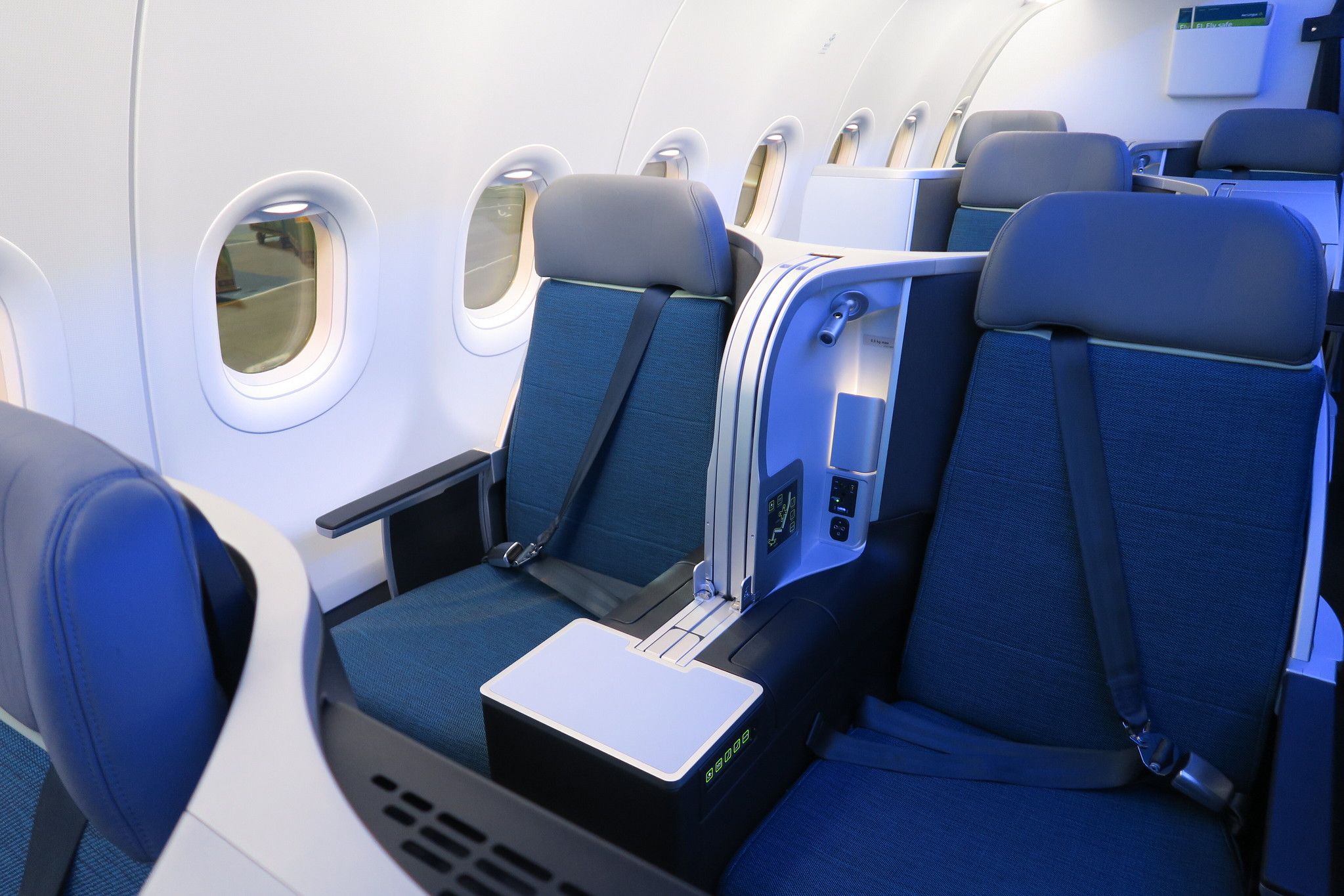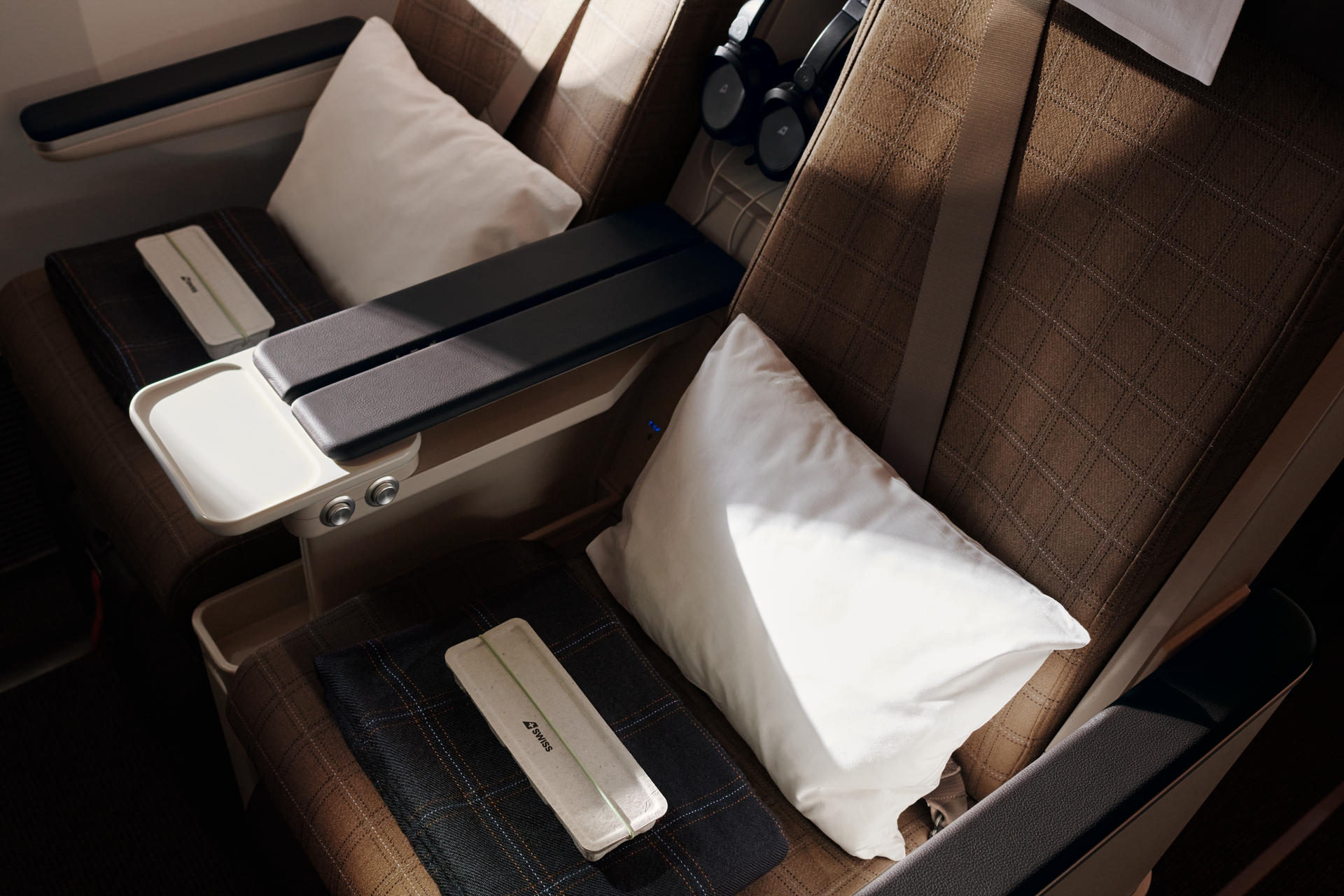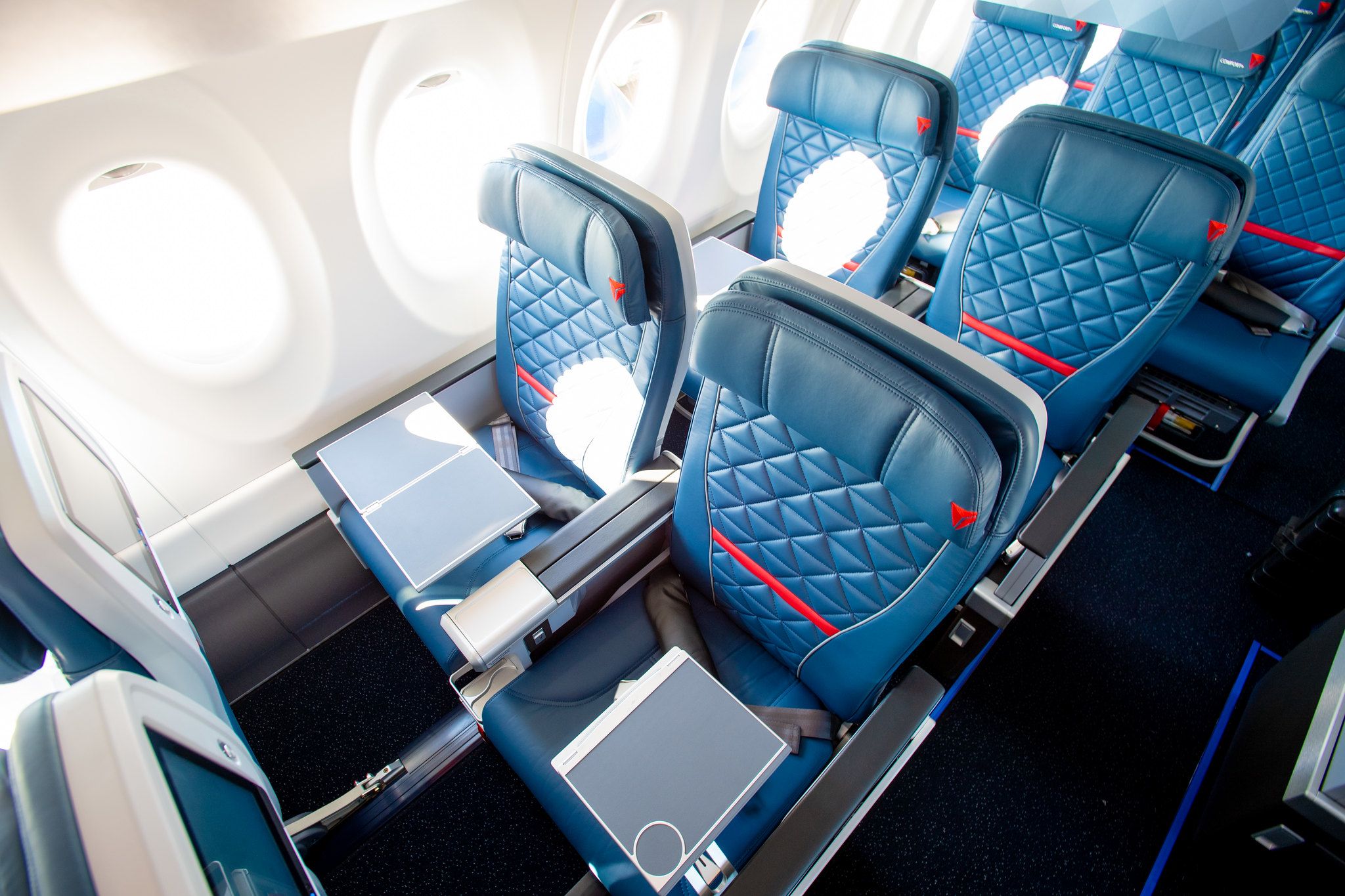Summary
- Three-point seat belts increase safety without compromising comfort.
- Utilizing three-point seat belts reduces the probability of head injuries during sudden stops.
- SWISS Airlines opts for three-point seat belts over airbag seat belts in premium economy for convenience and less complexity.
Business class travelers may have noticed that some mainline carriers have switched from traditional waist seat belts to three-point seat belts in their premium cabins. British Airways, Swiss Airlines, and United Airlines are some examples where this upgrade has been seen.
Three-point seat belts provide additional safety for passengers without compromising passenger comfort. They adhere to a Federal Aviation Administration (FAA) regulation concerning seat belts but utilize a different design than the usual lap seat belt. This article delves deeper into the rules and why some airlines opt for the three-point belt design, as highlighted by Aircraft Interior International.
FAA regulations on seat belts
First, there is the precise FAA regulation 14 CFR § 121.311 (b) that,
Except as provided in this paragraph, each person onboard an airplane operated under this part shall occupy an approved seat or berth with a separate safety belt properly secured about him or her during movement on the surface, takeoff, and landing.
This regulation is followed by 14 CFR § 121.311 (e), which states that seats must be in the correct position during takeoff and landing. Furthermore, crew members must issue instructions to comply with the proper seat position.
Photo: United Airlines
There is also FAA regulation 14 CFR § 25.562 (c) (5) that has a Head Injury Criterion (HIC) with a particular equation. The equation requires the final answer to be 1,000 HIC units or less. Even at slightly above this level at 1100 HIC, according to a 2020 study by two Polish professors of the Maritime University of Szczecin published in ResearchGate,
“There is an 18% probability of a severe head injury, a 55% probability of a serious injury, and a 90% probability of a moderate head injury to an average adult.”
Enhanced protection
Three-point seat belts are better at arresting velocity in the top half of the body to minimize head injuries
A review of medical research papers on Medline found the article “Airplane Landing Accident: How Safe Is Use of Passenger Lap Seat Belts in Aircraft?” – the paper notes,
While an airplane is in a flying position, a lap seat belt functions to protect the passenger from any turbulence. However, during the landing or take-off phase, it may not be enough to fully protect the passenger, especially during sudden deceleration accidents, which cause seat belt injuries and head traumas.
Commercial pilot Ken Hoke of Aerosavvy explained that having shoulder belts for all airline seats would add weight to the aircraft from sturdier seats. Sturdier seats equal more weight and less capacity for travelers, ultimately impacting an airline’s margins. Furthermore, getting most passengers to use their belts can prove challenging.
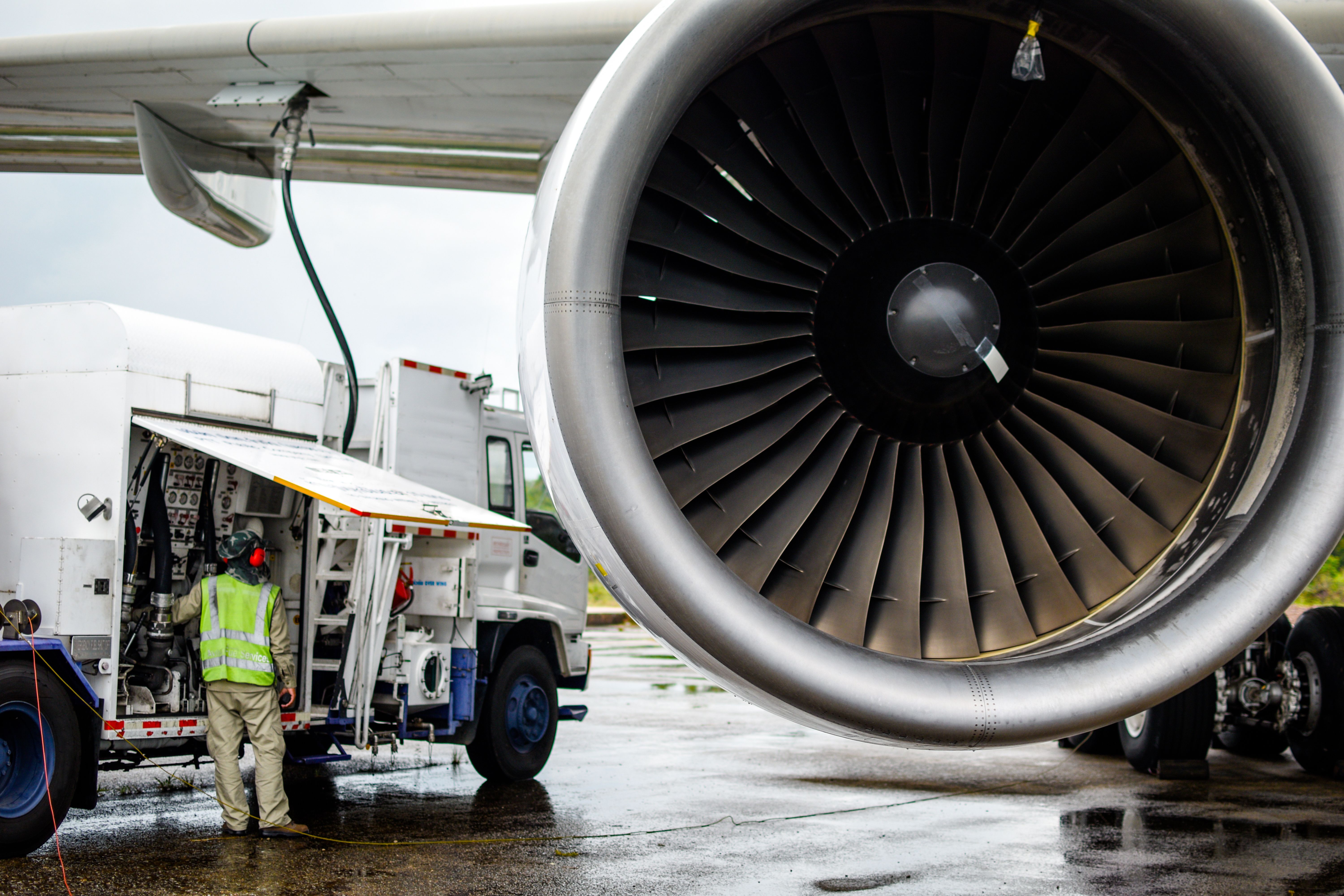
Related
Why Passengers Have To Keep Their Seatbelts Unfastened During Refueling
Low airfares mean short turnarounds for airlines, which is why aircraft can be refueled with passengers onboard.
Therefore, as Hoke explains, the solution is to get the seats close enough to limit the head travel of the passenger in the event of a sudden stop or worse. With less space and time to accelerate, the head cannot gain sufficient velocity to hit the seat back and cause subsequent head injuries.
Plus, there is less force on the seat belts to resist, and seat belts have to be able to take the pressure of many times the passenger’s weight of energy during that sudden stop. However, the spacing is further apart with business class and first class seating. Hence, there is a need for 3-point seat belts to reduce the forward velocity of a passenger after a hard stop.
SWISS explains its policy
The Swiss carrier uses three-point seat belts to avoid using integrated airbags
Considering that SWISS’ premium economy product profiled here uses three-point seat belts, Simple Flying reached out as to why. According to a SWISS spokesperson about three-point seat belts versus integrated airbags, “The reason for this belt system is that it is more convenient and less complex than a system with an integrated airbag.”
Photo: SWISS
More frequent travelers may have noticed some seats utilize a heavier seat belt with an airbag included. The logic is to slow the human enough to reduce HIC units sufficiently. As shown below, Delta Air Lines uses them on A220 first class. The problem is that, as Zach Honig of The Points Guy wrote in 2018 about Air Canada and United Airlines using them,
“It’s possible that airbags do more harm than good, though. I find them to be especially uncomfortable in certain positions, and when you’re trying to sleep.”
Photo: Delta Air Lines
Perhaps using a three-point seat belt may be ideal even though the seat must be sturdier than your average economy class seat. Again, there are FAA regulations airlines should also consider.
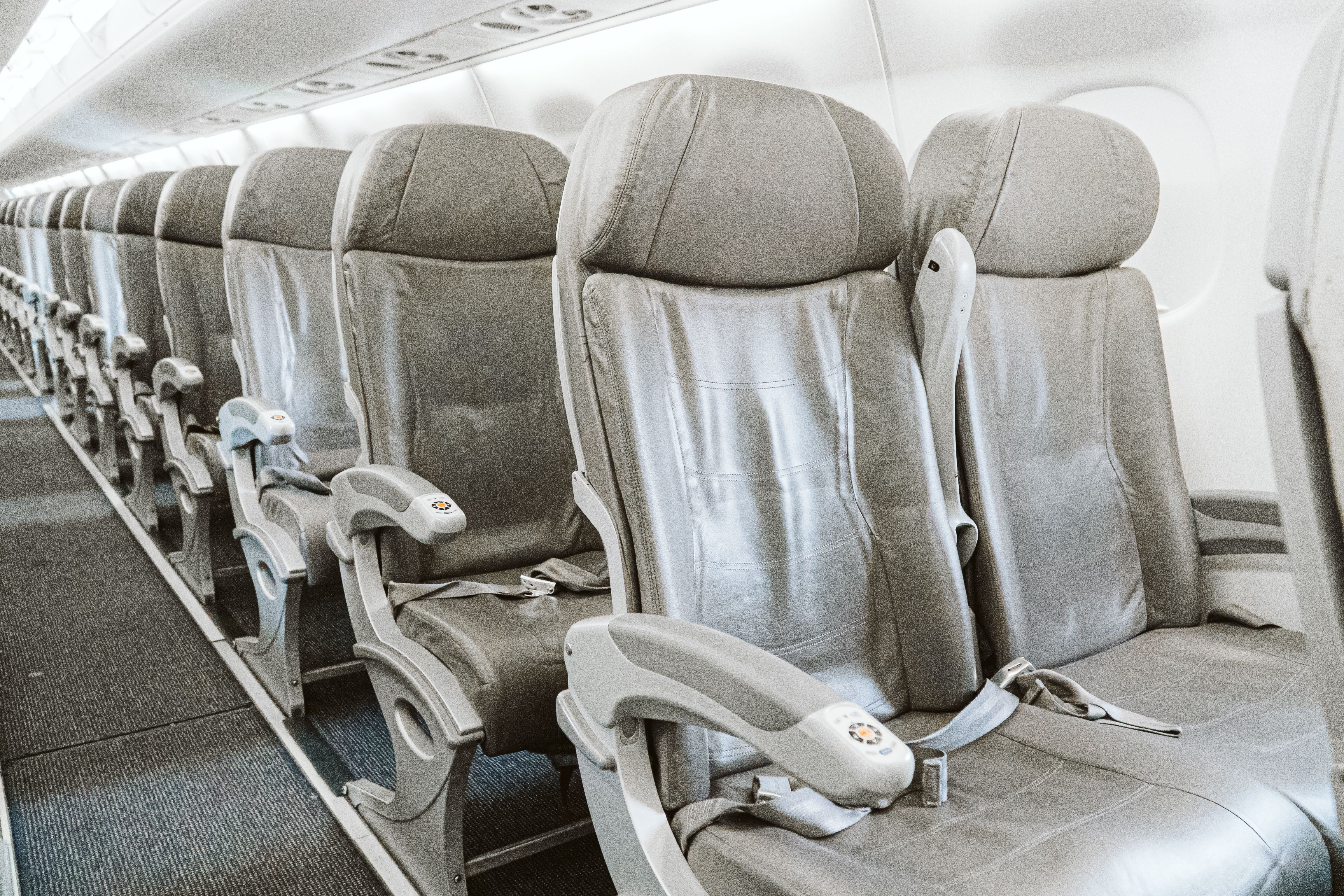
Related
How Have Airplane Seatbelts Evolved Over The Years?
From military beginnings to controversy in the 50s to business class three-point harnesses.
Will three-point seat belts become more common?
More airlines could roll them out if the skies get rougher due to climate change
All this said, it’s generally a good idea to have your seat belt on when you are seated in an aircraft, no matter what type it is. A concerning rise in turbulence incidents and onboard injuries – particularly the recent Singapore Airlines incident which led to the death of one passenger – highlights the need for seat belt vigilance. In fact, if turbulence events continue to happen more frequently (as some climate analysts believe will be the case in the coming years), then the industry could consider making three-point seat belts the norm across all cabin classes.
Have you ever flown with a three-point seat belt before? How does it compare to a typical lap belt? Please share in the comments.

